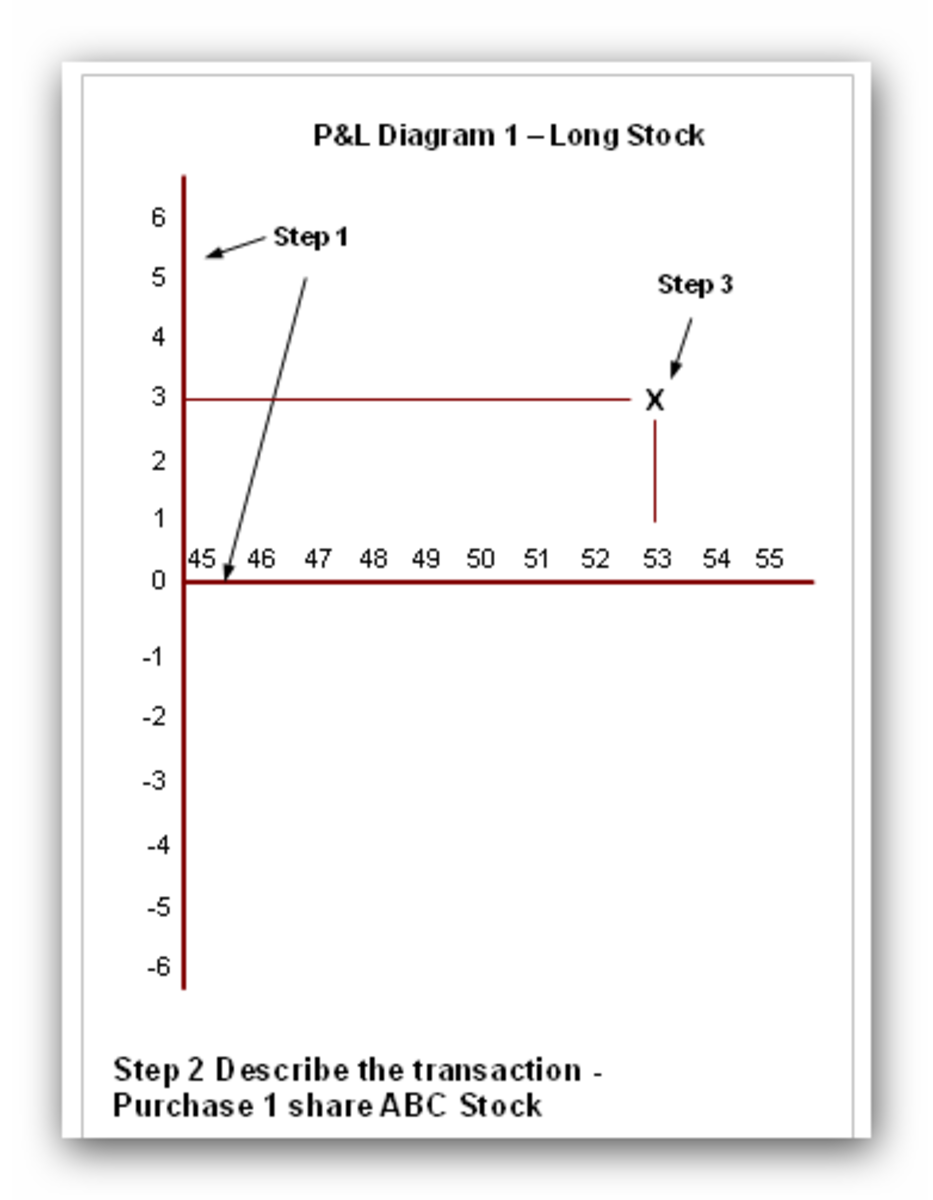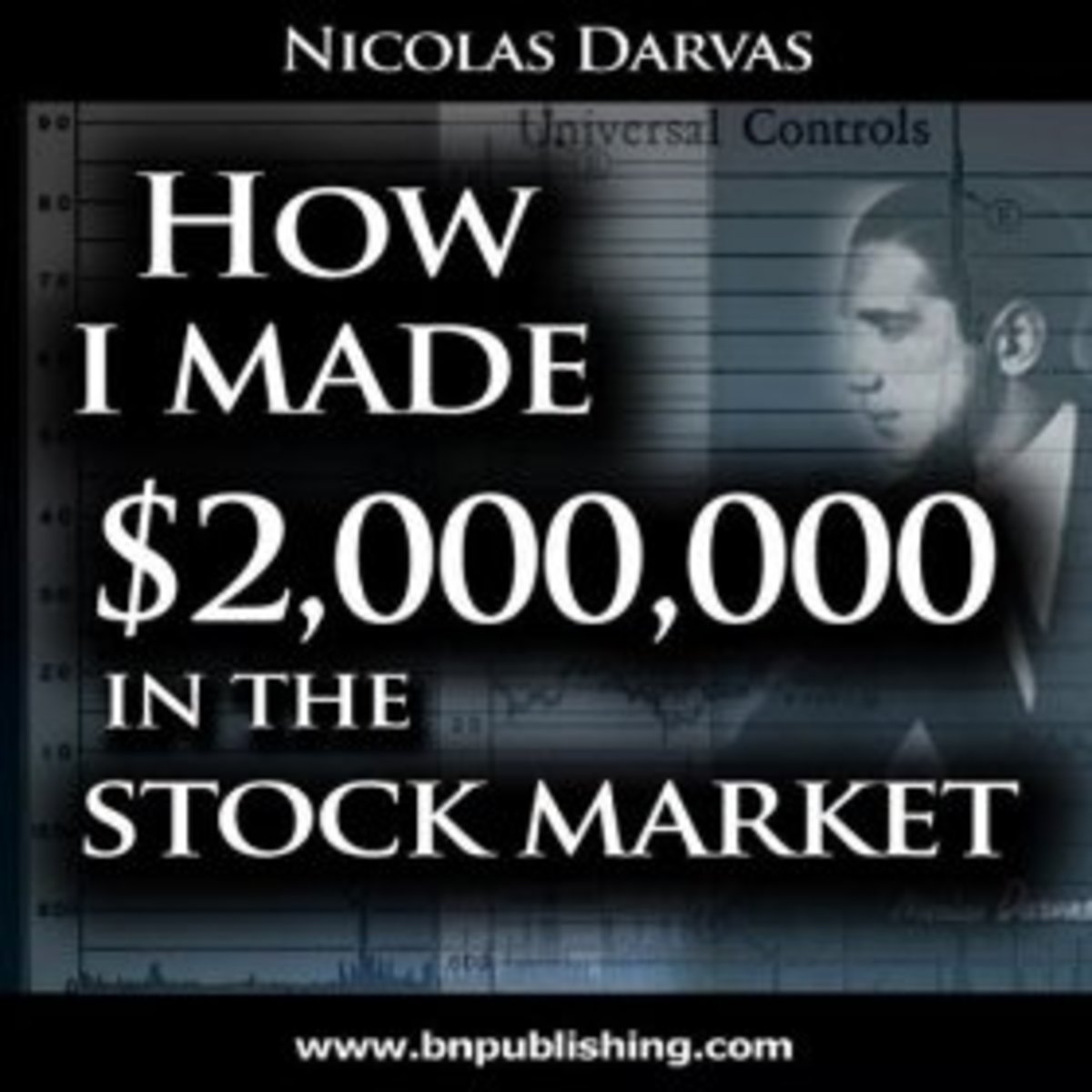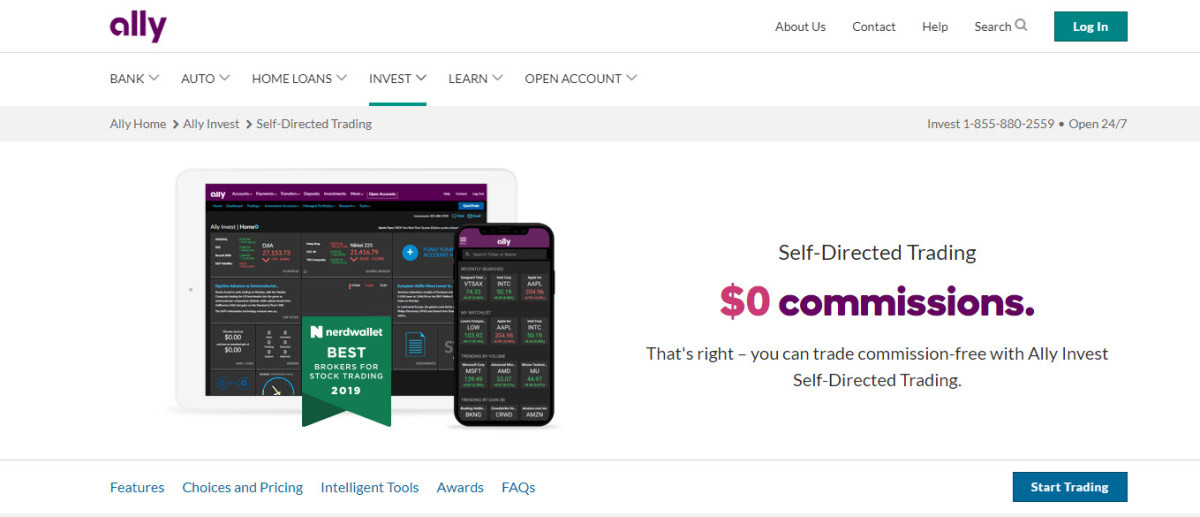Risk Reversal Trade
Managing Your Money
One of the big problems in investing is having the money to do it right. Let's say you want to buy some shares of Bershire Hathaway, well you are going to need to pony up about $8,000 for every 100 shares of stock that you buy. While I understand that you can use a margin account which will give you some leverage you are still talking about a chunk of change for the average investor.
So how do you capture profits without the heavy cost outlay? Well, the simple answer is by using options. Options cost a fraction of the cost of a stock, but you have some other concerns such as time (referred to as theta in option language). If you are not positioned right time can be a big enemy. So today we are going to talk about a trade called a Risk Reversal that will help us manage our money and our time.
This will be a strategy where is are bullish. That means we think the price of the underlying stock will increase in value. For my example I am going to use a company that most people have heard about, which is Citigroup Inc (NYSE: C).
Check Out My Other Writings
- http://www.risingglory.com
- Creating Cashflow with Naked Puts
Want to create cash flow? Naked Puts just might be the answer for those who like to trade paper (stocks, equities, etc), Options are a marvelous beast when you learn how to properly use them. Utilizing... - A High Risk High Reward Stock Strategy
In the title and sub-title of this Hub I warn of the high risk. While I believe that you will see there is a very easy way of managing risk, I want to emphasize that this is a high risk strategy, but the...
How It Works
As I said, my illustration here is for a bullish outlook on a stock. We think that the stock will rise in price, but we don't want to put out a lot of cash for the position. Today (as of this writing) Citigroup was trading most of the day just under $5.00 per shares. When we look at a chart we see that it looks like the upside potential is a lot greater than the downside potential. If you would like to look at a chart just click the link provided.
View A Chart of Citigroup
We will initiate this trade using options that won't expire for 8 months. This will give us a lot of room for this stock to move up. I am writing this Hub in April 2010 therefore we will use the December 2010 Options.
First we will sell to open 5 December put options having a strike price of 5. This would be considered a naked put. In essence what we will do is collect a premium in exchange of being obligated to buy Citigroup stock at $5.00 per share. Our profit position on this trade is limited to the premium we collect. Our loss potential is theoretically unlimited, although the stock can only go to zero. Therefore we would risk a maximum of $500 per option if this was our only position in this trade.
Simultaneously we are going to buy 5 December call options having a strike price of 6. This would be considered a long call position and carries a limited risk (limited to the amount of premium we pay) and theoretically has an unlimited profit potential assuming Citigroup started going up and never stopped.
Our long call is positive theta while our short put is negative theta. In other words, time is on our side on the put that we sold. Every day we own a little more of the premium collected while the call that we purchase looses a little value each day. This is the downside to just buying calls. If the stock doesn't move in the direction you anticipate you will loose some of the premium that you paid.
Today we could have initiated this trade for a .34 a share credit. This means that the premium collected for the $5 Put was .34 a share more expensive the the $6 Call. Since an options contract represents 100 shares of stock this translate into a credit of $34.00. In other words, you have been paid $34.00 to put this trade on. Since we initiated 5 positions we would have had $170.00 deposited into our account.
Let's think about our risk for just a moment. Remember when we were talking about the put we sold and that we would a maximum risk of $500? Because we collected $34.00 our maximum risk has been reduced to $466 per position. Since we initiated 5 positions our maximum total risk is $2,330.00. We would only realize our maximum risk if the stock went to zero and we held it all the way down.
What about a break even point? Our break even point would also be $4.66 per share. As long as the price of Citigroup is trading at $4.66 per share or higher we will realize no loss to some amount of a profit. Since we had a net credit of $34 we will be able to keep this $34 if the price of Citigroup is between $5.01 and $5.99.
At this point you may be thinking that this is small potato trading. Why would I want to initiate a trade where the profit is so tight? If you remember I stated that this trade is initiated when we are bullish on a stock. We would only do this is we think Citigroup has the potential of making a strong move up. Since we own 5 Call options with a strike price of 6 as the price of the stock moves higher our options will become more valuable with a theoretic unlimited profit potential. This is our goal, a strong move up!
This is a nice little strategy when you think that the price of a stock is going to go up and you would like to own a position for free. This is intended as a long term position, but if you get a strong move up quickly you could take your profits early by closing the position.
On the risk side I stated that in this example your maximum loss potential is $466.00, with your break even point being $4.66 per share. If the stock were to weak you would want to exit the position based upon your risk level. I would give the stock about 25% room to maneuver. By taking your break even point and multiplying it by 25% gives you $1.16. Therefore, if the stock dropped to about $3.50 I would abandon the position.





